Introduction
Learn about the different beliefs people have for the afterlife, especially from myths and legends in a new Gods and Heroes episode from English Plus Podcast.
Audio Episode
Transcript
0:03
Welcome to an you English plus episode. This episode is all about gods and heroes, or what I used to call earlier myths and legends. In our gods and heroes episodes, we will talk about mythical heroes and even heroes from real life. And some of them I will have to say are kind of legendary. But the stories are always exciting. And in this episode, we will talk about the afterlife. So are you interested yet? Join me in this episode, and we will talk about the afterlife as seen in mythology, history and more. Don’t forget that you can find the transcript on my website English plus podcast.com. And better yet, if you are a patron, you will get exclusive Episodes Series and resources to take your English and learning to the next level. Now why listening to the episodes is great and it will help your language and knowledge a lot those resources I provide to my patrons are also very good to take it to the next level because remember, it’s not only about listening, but if you’re here just to listen, you’re more than welcome. And we will talk about the afterlife in today’s gods and heroes episode. So again, if you want to see the transcript, take the link you can find in the description of the episode and go to my website English plus podcast.com. And now without further ado,
1:24
let’s talk about the afterlife. Cultures the world over recognize that every life will end in death. However, many claim that some invisible but vital part of the human being such as the spirit or soul continues to exist after death. This is known as the afterlife, a state of being that people enter when they die, or a place to which they or their souls go. In some traditions the individual possesses more than one soul, and each of these may have a separate fate. So first, let’s start talking about the major myths about the afterlife. Some cultures have associated the afterlife with a geographic location. The notion of the existence of an underworld beneath the world of the living is common. The Babylonians, Assyrians and other peoples of ancient Mesopotamia, for example, thought the dead lived on in a dusty, bleak underworld called the Dark Earth. Any pit cave or pond could be an entrance to that place people on the islands of Melanesia in the south eastern Pacific Ocean. Imagine an underground world that is the mirror image of the upper world. Stories from the island of New Guinea, north of Australia describe an underworld that lies beneath the ocean. Divers have claimed to see the souls of the dead working in undersea gardens in Navajo mythology, the dead descend into a watery underworld. According to the evil of Nigeria, the underworld is ruled by the Goddess Allah who receives the dead into her womb. Other cultures have placed the afterlife in the sky or among the stars. The Pueblo Indians of the American Southwest believe that the dead become rain clouds. Some Native Americans of the South East say that the souls of the dead dwell either in the heavens or in the West, the west where the sun sets each day has often been associated with the afterlife of the spirits. Polynesian Islanders in the central and southern Pacific Ocean locate their ancestral island in the west and believe that spirits of the dead can return they’re the Celtic people from Western Europe pictured and other world that was sometimes underground or under the sea, and sometimes an island in the West. In most accounts, the Celtic other world was a magical place filled with enjoyable activities such as feasting and for heroic warriors fighting. Some descriptions though indicate that the land of the dead had a grim and dangerous side. Unknown the realm of the dead in Welsh mythology could be fearsome, less frightening was Valhalla of Norse mythology, a vast palace where warriors slain in battle spent the after life feasting, singing and indulging in playful combat. Their afterlife was not eternal, however, one day Valhalla and the world would be swept away in the gods last battle. In addition, not all warriors went to Valhalla, Freya, goddess of love and death, took half of them to her own palace in the afterworld. In contrast, a vivid lively and joyous vision of the world beyond the afterlife pictured by the peoples of the ancient Near East was dim and shadowy the earth Jews cold their dismal ghostly underworld she will the spirits who dwelt in the Assyrian Babylonian underworld felt neither pain nor pleasure, but lived a pale washed out version of life on Earth, complete with a royal court ruled by Nair gold and Ereshkigal, the king and queen of the dead. The Babylonian heroic poem The Epic of Gilgamesh contains a description of the afterlife in which the hero’s dead friend Enkidu returns as a spirit to describe his existence in the house of dust. So now that we’ve talked about the major myths, let’s talk about the different fates. Peoples of the ancient Near East, such as the Mesopotamians and the early Jews believed that the afterlife was the same for everyone. Other cultures, however, have expected the dead to be divided into different after Worlds. The Polynesians believed that the souls of common people, victims of black magic and sinners are destroyed by fire the souls of the upper classes by contrast journey to a spirit world where they live among their ancestors. Some ancient Chinese people believe that the afterlife was different for good and bad people. The souls of the good people rose to the court of TN or heaven, while the souls of bad people descended into one of the 18 levels of hell depending on their crimes in the world. The Maya people of Central America believe that the souls of the dead went to an underworld known as Shi Baba to escape and go to heaven, the souls had to trick the underworld gods. Among the Aztecs of Mexico, slain warriors merchants killed during a journey and women who died in childbirth joined the sun in the heavens. The ordinary dead spent four years traveling through the nine layers of an underworld called MC clan, only to vanish when they reached the ninth level. The Aztecs believed that the rain god cluck was responsible for the deaths of people who died by drowning or have certain diseases such as leprosy. Cluck, then send these people to a happy after life that ordinary Aztecs did not share. wall paintings in the ancient Mexican city of Teotihuacan show the gardens paradise that welcomed the souls of clucks dead. In Norse mythology, warriors went to heavenly palaces while other individuals ended up in a cold underworld called Niflheim, or hell, among the Inuits or Eskimo of Greenland. A happy land in the sky is the reward for the souls of people who have been generous or who have suffered misfortunes in life. Others go to an underworld ruled by the Goddess Sedna, the Pima and Papago peoples of the American Southwest say that the spirits of the departed traveled to a place in the east where they will be free from hunger and thirst. Some cultures hold the view that the souls of the dead face judgment, the good are rewarded in the afterlife while the evil are punished. The ancient Egyptians, for example, believed that a soul had to convince the gods that he or she had committed no sins in life. The dead person’s heart was placed on one side of a set of scales with a feather from the head dress of moussaka, the goddess of judgment on the other if the two balanced the soul was declared sinless, a monster devoured those who failed the test. The Zoroastrians of ancient Persia believed that the afterlife held a reward for the virtuous or those of moral excellence. Those who lived in adjust earthly life experienced a form of pure light that signified the presence of a hora Mazda they’re only God who stands for goodness, justice and order. The ancient Greeks imagine the afterlife as a shadowy realm cold Hades after its ruling deity, they also spoke of a deeper pit of Hell Tartarus to which those who had acted wrongly were sent to receive punishment. In the Shinto mythology, the dead go to a land of darkness known as Yomi, where they may be punished for their misdeeds. After about 200 BCE, the Jewish concept of show all gave way to a vision of judgment after death, the good entered the presence of God while the wicked roasted in a hell called Gahanna. This influence the Christian and Islamic ideas about hell as a state or a place of punishment for evil. Heaven, in contrast, is the union of virtuous souls with God. According to the Roman Catholic Church, there is a state of being between heaven and hell called purgatory, in which tarnished souls are purified on the way to heaven. So let’s talk now about the journey to the afterlife. Many cultures have regarded death as the beginning of the souls journey to the afterworld. The ancient Greeks pictured sea horses and dolphins carrying virtual souls to the Elysium fields also known as the islands of the blessed, less noble Greeks undertook a darker journey asking a boatman named Chiron to ferry them across the river Akka Iran, which marked the boundary between the world and Hades, many Pacific Islanders viewed the journey as a leap. Every Island have a Ranga or leaping place from which the soul was thought to depart for the Maori of New Zealand. That place is the northernmost point of north island known as Cape Ranga. A sacred tree was often associated with the Ranga the Hawaiians believed that the souls of children lingered near the tree to give directions to the newly dead. Other Pacific peoples thoughts sold swam to the afterlife, and those waited with sin would sink. In some cultures, bridges linked the living world and the after World and the crossing was not always easy. The Norse bridge shook if someone not yet dead tried to cross it before his or her time, the Zoroastrians had to cross a bridge the width of a hair the just survived the crossing the unjust fell into hell. Both the rainbow and the Milky Way were thought by various peoples to represent the bridge to the land of the gods or spirits. The Fiji islanders of the South Pacific spoke of a spirit path with many dangers a journey so difficult that the only ones who could complete it were warriors who had died violent deaths. A Native American myth of the Far North says that the dead person’s shadow must walk a trail the person may during life along the way, the person’s ghost tries to keep the shadow from reaching the heavenly afterlife. The Living sometimes attempted the journey to the afterworld in search of the secrets wisdom, powers or treasures associated with the realm of spirits and of the dead. Well, heroes entered the realm of unknown to steal magic cauldron or kettle, Greek legends tell of the journeys of Orpheus and Odysseus to the land of the dead. The Navajo believe that searching for the realm of the dead can bring death to the living. And now since we’re talking about life and death and the afterlife, we should talk a little bit about the return of the dead, and his play Hamlet, William Shakespeare cold death, the undiscovered country from whose born or boundary no traveler returns. Yet myths and legends from around the world say the dead do interact with the world of the living in one way or another. In some cultures, the dead are thought to linger near the living as shades or spirits. South Eastern Native Americans believe that newly dead souls remain near their villages hoping to persuade others to join them. In some African myths. The souls of the dead stay close to living relatives in order to help and advise them to consult with their dead ancestors. Mayan rulers performed a blood letting ritual known as the vision serpent ceremony. During the ceremony, participants experienced visions in which they communicated with the dead. The belief that the spirits of the dead can do good or ill in the world of the living lies behind some forms of ancestor worship. ghosts of the dead, whether malicious, helpful, or merely sad appear in the myths and folktales of many cultures, the Chinese perform ceremonies to honor the spirits of their ancestors and ensure that they will have good feelings toward their descendants. Some Native Americans honor the ghosts of their dead with annual feasts. The Navajo however, avoid dwelling on death and never mentioned the dead in their rituals. The dead sometimes returned in another way as well. The soul may be reincarnated, meaning reborn in another body. The notion of multiple rebirths through a series of lifetimes is basic to the Hindu and Buddhist traditions. Those who act wrongly in life may be reborn as less fortunate people or as animals or insects. cultures in some areas of Africa also believe that souls are reborn sometimes after a period spent in the underworld or land of the dead. So that brings us to talk about the preparation for the afterlife. How did that happen in different cultures around the world in myths and legends, gods and heroes in many cultures, rituals associated with death were meant to help the deceased in his or her journey to the afterlife. The Greeks, for example, provided the dead with coins to pay the ferry man cave Although the Romans were less certain about the afterlife than the Greeks, they often followed the same customs and sometimes added treats for the dead person to offer to Cerberus, the three headed dog that guarded the entrance to the underworld. The Tibetan Book of the Dead gives instructions for the soul to follow on its journey between death and rebirth. The ancient Egyptians believed that the body had to be preserved after death in order for the spirit to survive, so they went to great lengths to prepare for the afterlife, they built tombs to protect their dead. The most elaborate are the great monuments known as the pyramids. Within the tombs they placed grave goods such as food, furniture, and even servants for the dead person to use in the next life. The Egyptians also developed an elaborate form of mummification or drying and preserving a body to keep it from decomposing after death. The full process could take as long as 200 Days and was available only to the upper classes. The Egyptians provided their dead with written instructions, including advice on how to survive the hazardous journey after death and guide books to the afterworld. The Afterlife took many forms but was often pictured as a comfortable existence in a luxurious realm of rivers, fields and islands. Although the loyal dead were set to join the guard Osiris in the heavens, texts inscribed on the walls of royal tombs included prayers, hymns, and magical spells to protect the dead from the dangers of the souls journey. They were included in one of the most famous collections of ancient Egyptian writings, the Book of the Dead copies of which were often buried with it. The Sumerians of Mesopotamia usually made no attempt to preserve the bodies of their dead or to bury them elaborately. One striking exception is a set of royal graves found in the ruins of the ancient city of all located in present day Iraq. The Grace contained not only rare and precious goods, but also the bodies of servants dancing girls, charioteers, and animals all slain to serve the dead in the afterlife. The Germanic peoples also buried grave goods with their chieftains and early medieval burial mound at Sutton, who in eastern England contained an entire ship along with a quantity of gold and silver items. The grave goods of male Bushmen of Africa consists of the dead man’s weapons, people preparing the body for burial coded with fat and red powder and bend it into a fetal position, also known as a curled sleeping position, then they place it in a shallow grave facing in the direction of the rising sun. Other South African tribes follow a different practice, they break the bones of the dead people before burial to prevent their ghosts from wandering. So a lot of stories, right, I hope you found those interesting. I’m not here to scare you or anything, of course, we’re
18:01
talking about some beliefs, you might believe in some of them. And I totally respect your beliefs, whatever they are, we’re just here to share those beliefs with the world. You may believe in some of the things I said You may not believe in any of that. But it is a rich cultural thing that we all need to know because it doesn’t matter what you believe, or you don’t believe what really matters is that you understand people’s beliefs, and you will have to respect them no matter what they are, no matter how hard you disagree with them. At least that’s my personal opinion. I hope you agree with me on that even if we have different beliefs, especially about the afterlife, we should respect each other just like we respect each other’s opinions on anything else. Anyway, now let’s talk about the afterlife. In context, religions throughout the ages have included a belief in an afterlife. In some cultures, the afterlife is regarded as a place of pleasure and joy. In others it is a gloomy shadow of earthly existence, a slow fading away or a remote and unknowable realm. expectations about the organization of the afterlife also differ. In some societies, everyone is thought to meet the same fate. In others, people are believed to take different paths depending on how they conducted their earthly lives. Sometimes a judgment by a deity determines the individual’s final destiny or what will happen to them. Varying visions of the afterlife reveal much about each culture his hopes and fears for the afterlife, and often contain lessons about how people should live. Generally, religions have rules, laws, commandments or philosophies that ordinary people must follow in order to obtain a good afterlife. Hindus and Buddhists for example, believe in rebirth and follow the law of karma karma, which in the original Sanskrit language means actions refers to the good and bad acts an individual performs during his or her many lives and the effects or consequences of those acts for future lives. Karma does not depends on the judgment of a deity but is a rational law of nature that simply accepts that humans are responsible for their behavior and will reap the consequences of their actions in their after lives. The Law of Karma provides a positive incentive for individuals to do good acts since they can shorten the number of rebirths. They must endure and more quickly achieve nirvana or liberation from rebirth and unity with the divine. In contrast, Christianity presents a linear notion of life and death, which occur only once for each human. In this view, humans have only one chance or lifetime to either be rewarded or punished, and Christians must abide by the 10 commandments in order to achieve a good afterlife. Upon death. Individuals will be judged by a deity and assigned either to heaven, hell, or purgatory. Christianity emphasizes punishment and judgment and the fear of hell is a strong motivator for many to avoid sin and its consequences. Now, how about the afterlife in art, literature and everyday life? The idea of the afterlife is a common subject in art and literature. Even in modern times, literary views of the afterlife are not limited to religious texts. Dante’s epic about Catholic afterlife The Divine Comedy, for example, is one of the most well known pieces of literature of all time. In it. The author offers views of three different destinations in the afterlife, Purgatory, Heaven and Hell. More recently, the Alice Siebold novel The Lovely Bones offers a description of the heavenly world the
21:35
main character occupies after she is murdered. Painted depictions of the afterlife were common throughout Europe during the Middle Ages and the Renaissance. One of the most famous paintings of the afterlife is the Garden of Earthly Delights by Hieronymus Bosch. The painting, which is made up of three panels shows the vision of hell in its third panel, the subject of the afterlife is a popular theme in movies and television shows as well. movies such as defending your life of 1991, and what dreams may come in 1998 present unique visions of the afterlife while the television show Dead Like Me, 2003 centers on a group of undead Reapers who have been chosen to escort the souls of the soon to be dead to the next world. And now at the end of this episode, I have something for you to consider. Think about maybe research read more about it. And for my patrons, we can discuss it in the private discussion group for my patrons. But of course, it’s for everybody to think about now many people who have had near death experiences injuries or traumas that cause their bodies to die for a short time claimed to have seen the afterlife. Now doctors try to explain these experiences as delusions caused by various chemicals in the brain, using your library, the internet or other sources. Find out more about what people who have had near death experiences, reports, seeing and feeling and find out more about how these sensations are explained by doctors then write your own conclusions are these people glimpsing the afterlife or not? Remember, you are allowed to believe whatever you want to believe. And as for myself, I honor and respect any belief anybody has anywhere in the world. And remember, the beauty about us as species is that we are different. We don’t believe the same things. We don’t see the same things. We don’t explain things the same way. That’s the beautiful thing about us. That’s why we’re not exactly like animals, right. But apart from that, that was everything I wanted to share with you. In this episode. I hope you enjoyed the topic I chose for today’s episode. And for those of you who were kind of afraid, don’t worry, we’re just talking about a cultural thing. You might believe that none of that will happen, you might believe that only good things will happen. And no matter what your beliefs may be about the afterlife, I wish you all a long and happy life. And you can worry about the afterlife later. So don’t forget that you can find the transcript of this episode on my website English plus podcast.com. You can use the link in the description that will take you to the custom post I created on my website. And for those of you who would like to take it a step further you can become patrons and unlock a world of learning opportunities including exclusive audio series English plus magazine, the private discussion group on Discord and much more if you decide to become a patron. All the links you need are in the description of the episode. What are you waiting for? Take your English and learning to the next level
24:35
and never stop learning with English plus podcast.com. Thank you very much for listening to this episode. This is your host Danny. I will see you next time.
Become a Patron and Unlock Extra Learning Opportunities!
Become a patron on Patreon to unlock a the Listening Practice Worksheet PDF for this episode among many other exclusive content for Patrons only.


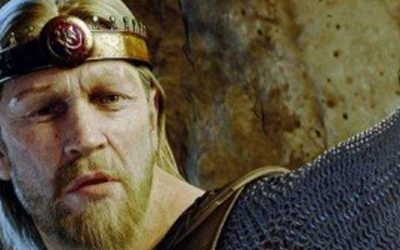

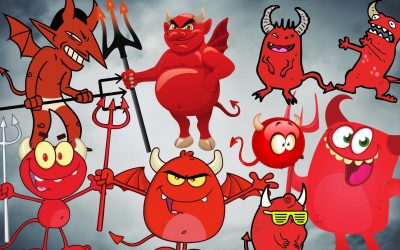
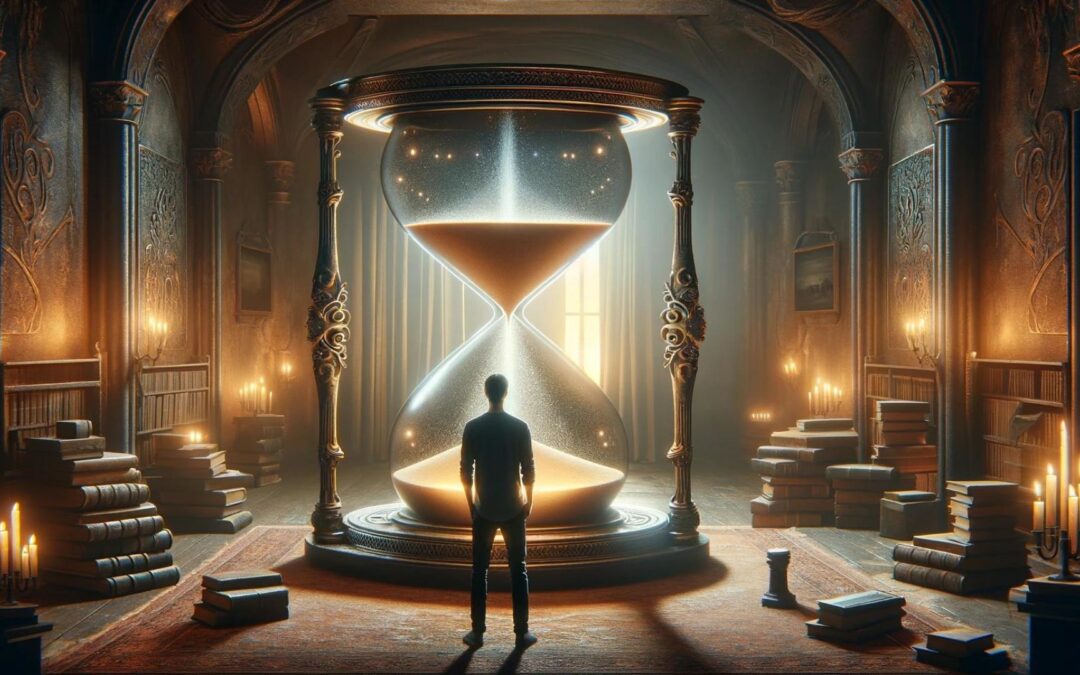
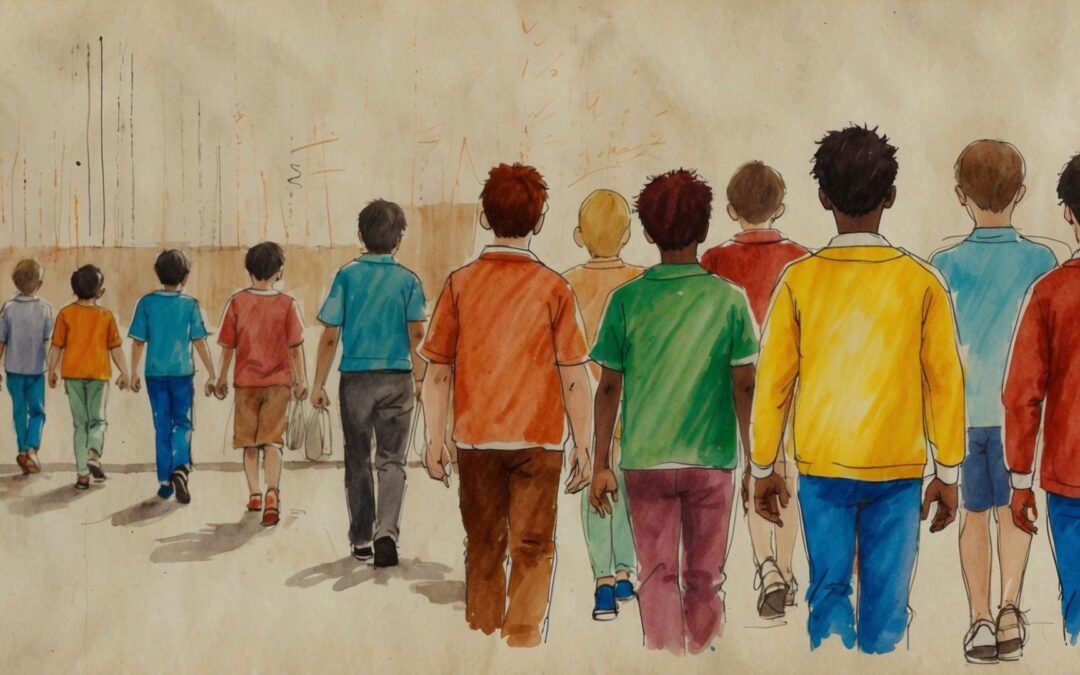


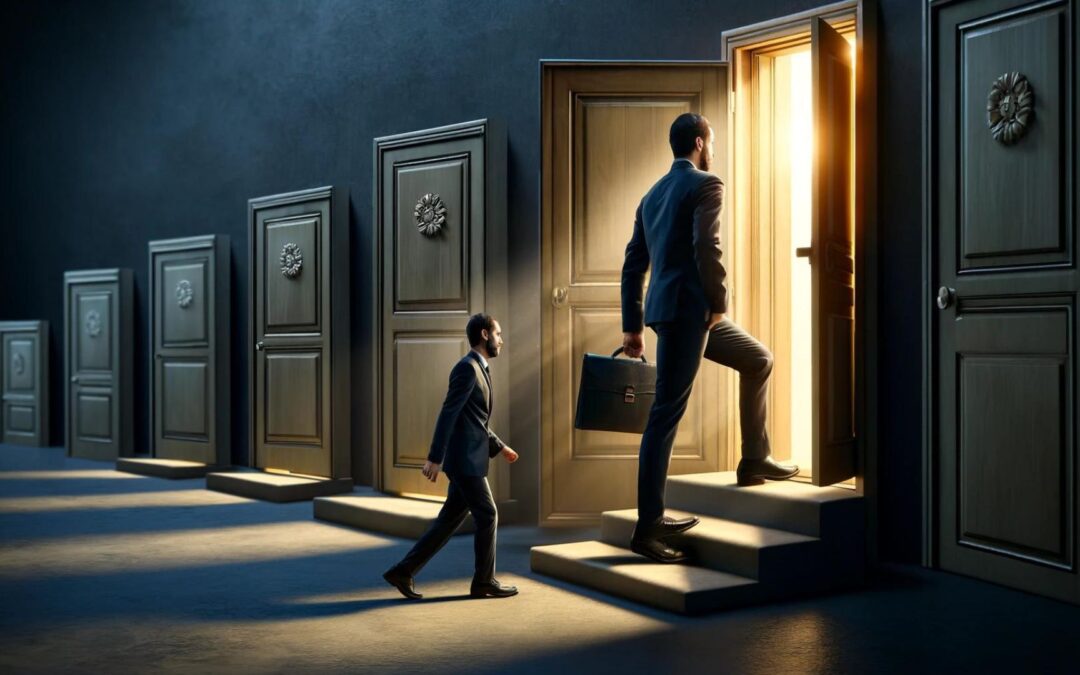
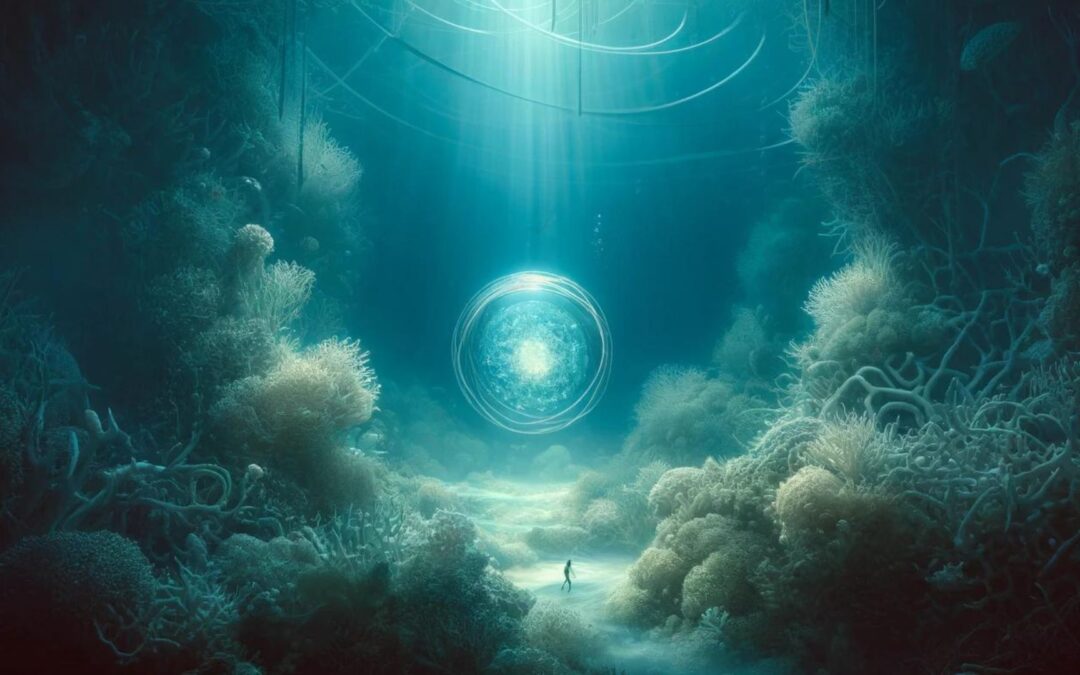
0 Comments